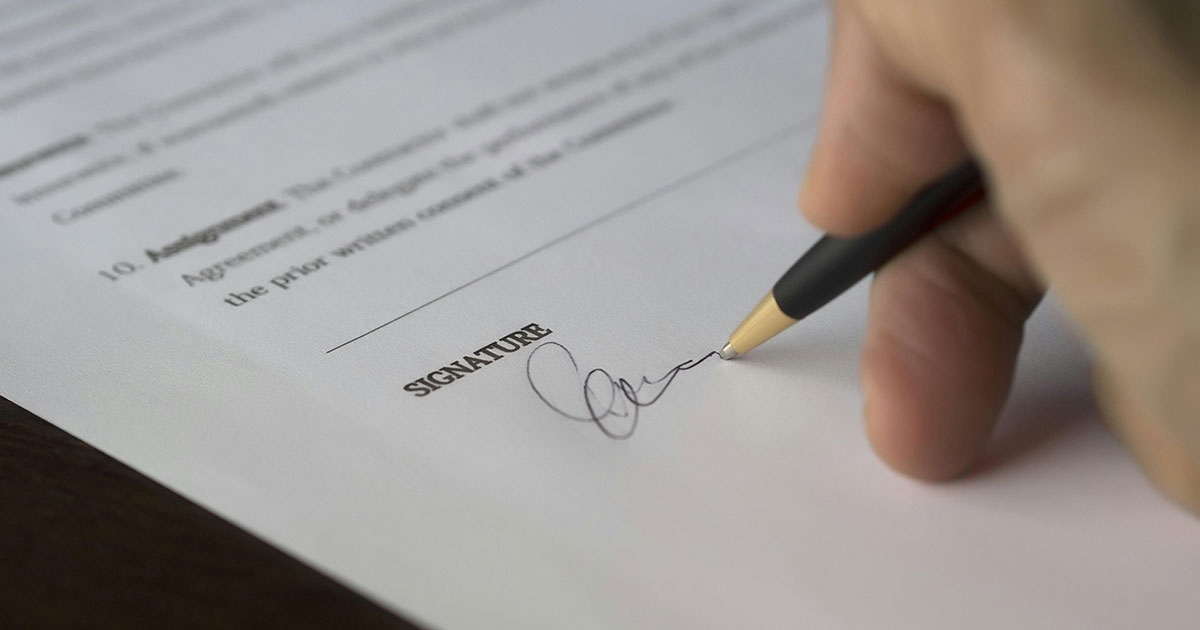




Request for Proposal (RFP) for Website Design: A Comprehensive Guide
When you’re ready to invest in a new website or redesign, creating a Request for Proposal (RFP) for website design is a critical step in ensuring you find the right design partner. An RFP helps you communicate your project’s goals, requirements, and expectations clearly to potential web development agencies. It also allows you to evaluate different proposals and choose the one that best fits your needs, timeline, and budget.
In this guide, we’ll walk you through the essential components of an effective RFP for website design, and how you can streamline the process to get the best results.
What is an RFP for Website Design?
An RFP for website design is a formal document that outlines the requirements for your website project and invites web design agencies to submit proposals. It serves as a way for you to collect and compare proposals from different agencies, ensuring that they understand your project and can deliver the right solutions.
Why You Need an RFP for Website Design
Creating a detailed RFP helps you:
- Clarify Your Needs: It forces you to define your project’s scope, objectives, and requirements clearly.
- Find the Right Partner: By receiving proposals from multiple agencies, you can compare capabilities, approaches, and pricing to select the best fit.
- Save Time: A comprehensive RFP saves time in the long run by reducing back-and-forth communication and minimizing misunderstandings.
- Set Clear Expectations: An RFP ensures that all parties are aligned on project timelines, deliverables, and costs.
Key Components of an RFP for Website Design
- Project Overview Start with a brief introduction to your company and your project. Explain why you’re seeking a new website or a redesign and outline your high-level goals. This section should provide context for the agency to understand your business and objectives.Example: “Our company is looking to redesign our existing website to better align with our brand, improve user experience, and increase conversion rates. We aim to create a modern, mobile-responsive site that enhances engagement with our target audience.”
- Project Goals Clearly state what you want to achieve with the new website. These goals could include increasing traffic, improving SEO, driving more leads, or enhancing the user experience.Example Goals:
- Improve website load speed and performance.
- Optimize for mobile responsiveness and cross-browser compatibility.
- Create a visually appealing design that reflects our brand identity.
- Improve SEO to increase organic search traffic.
- Implement eCommerce functionality to drive online sales.
- Scope of Work Outline the specific tasks and deliverables you expect from the web design agency. This can include:
- Design mockups and wireframes.
- Development of a fully responsive website.
- Integration of CMS (WordPress, Shopify, etc.).
- SEO optimization and performance enhancements.
- Third-party integrations (CRM, email marketing, payment gateways).
- Content migration from the current site to the new site.
- Technical Requirements Specify any technical or platform requirements, such as the need for a WordPress-based site, custom functionality, or API integrations. Be sure to mention any existing systems that need to be integrated into the new site, such as CRM, ERP, or email marketing platforms.
- Budget Providing a budget range helps agencies tailor their proposals to your financial expectations. If you’re unsure of the budget, ask agencies to submit tiered proposals that offer different levels of service and pricing.
- Timeline Include your preferred project timeline, including key milestones and deadlines. Be realistic about the time needed for design, development, testing, and launch.
- Selection Criteria Explain how you will evaluate the proposals. Common criteria include:
- Experience and portfolio of past projects.
- Approach to website design and development.
- Understanding of your industry and business needs.
- Proposed timeline and budget.
- Ongoing support and maintenance options.
- Submission Guidelines Provide clear instructions on how agencies should submit their proposals. Include deadlines for submission, preferred file formats, and contact details for any follow-up questions.
Best Practices for Writing an Effective RFP
- Be Clear and Specific Avoid vague language and ensure all requirements are clearly defined. The more detail you provide, the more accurate the proposals will be.
- Stay Open to Recommendations While you may have specific ideas for your website, be open to the agency’s recommendations. They may suggest creative or technical solutions you hadn’t considered.
- Keep It Concise Your RFP should be detailed but concise. Agencies should be able to review it quickly and easily understand your needs without being overwhelmed by excessive information.
- Provide a Deadline Make sure to include a firm deadline for proposal submissions to keep the process on track.
How to Evaluate RFP Responses
Once you receive responses to your RFP, it’s time to evaluate them based on the criteria you’ve set. Look for agencies that demonstrate a clear understanding of your goals, offer creative solutions, and have a proven track record of successful projects. It’s also important to consider the chemistry and communication style of the agency, as you’ll be working closely with them throughout the project.
Conclusion
A well-crafted Request for Proposal (RFP) for website design is an essential tool in finding the right web design partner for your project. By clearly outlining your needs, expectations, and budget, you’ll ensure a smoother selection process and ultimately end up with a website that meets your business goals.
If you’re ready to create an RFP or have any questions about website design, feel free to contact Masthead Technology. We offer expert web design and development services tailored to your specific needs, ensuring a successful project from start to finish.

